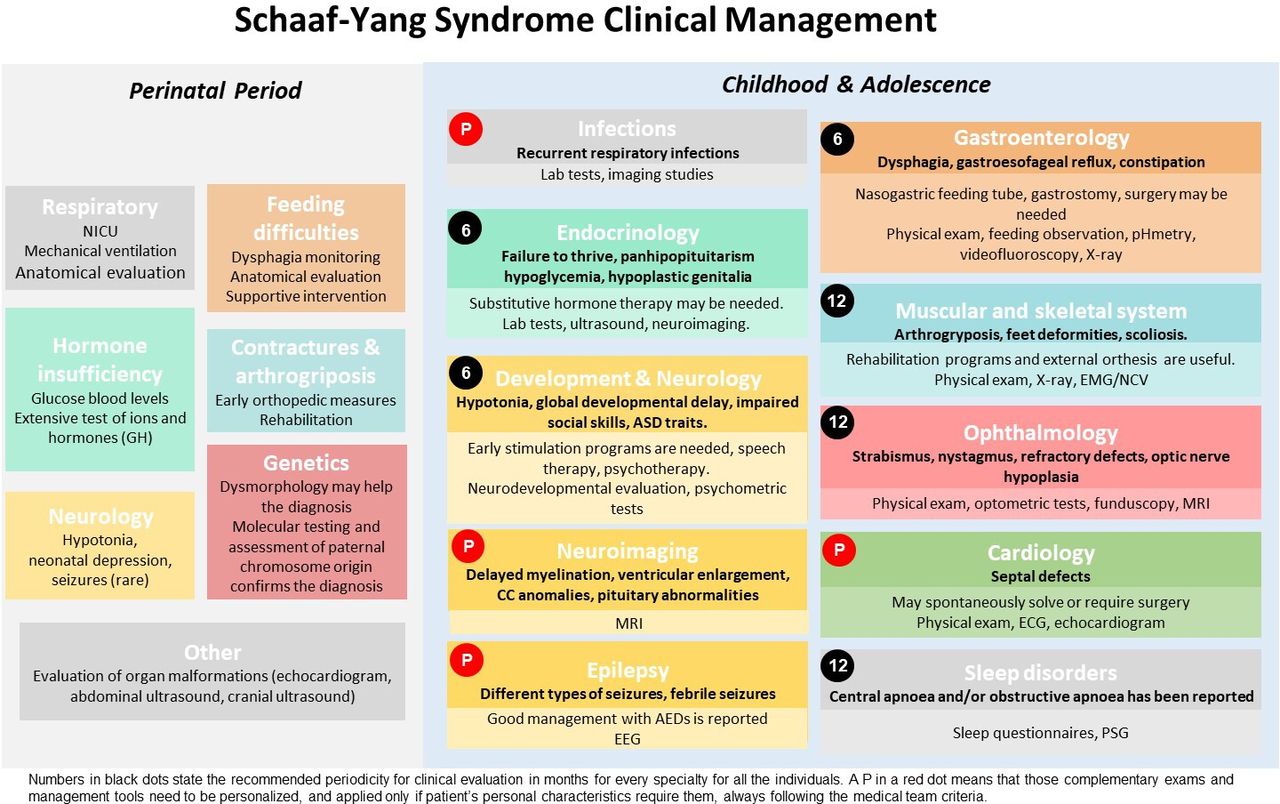
First clinical guidelines for Schaaf-Yang syndrome addressed to professionals and families

A research group led by the Sant Joan de Déu Research Institute (IRSJD) has published the first clinical guidelines dedicated to Schaaf-Yang syndrome (SYS), an ultra-rare disease that develops due to of mutations in the MAGEL2 gene. These guidelines, published in the Journal of Medical Genetics, are aimed at both health professionals and families of children with this pathology. The mutated gene in SYS is expressed mainly in the brain and the protein it encodes, named after it, is essential for the transport and recycling of certain proteins inside the cells. Researchers have observed that the mutated MAGEL2 protein can exert a toxic effect on cells. Schaaf-Yang syndrome is quite similar to Prader-Willi syndrome.
For the preparation of these guidelines, the team of professionals carried out an exhaustive review of all the articles and studies on SYS published to date. The clinical guidelines describe the most relevant medical problems caused by the disease, divided into two development stages, and also the most suitable interventions for each of the symptoms. In addition, they include the best patient monitoring guidelines. The team also designed didactic materials specifically addressed to the families.

*Original source: First clinical guideline on Schaaf-Yang syndrome for professionals and families
